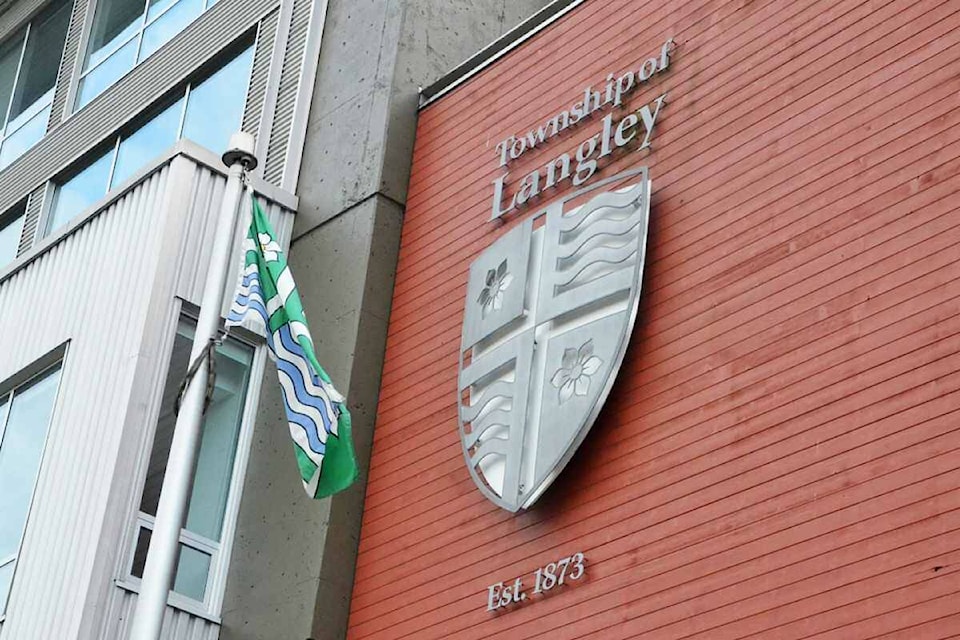Langley Township council had a lot of questions about provincial changes to housing policy at their Nov. 20 meeting, but answers will have to wait for policy manuals being crafted in Victoria.
Three major bills, 44, 46, and 47, have been tabled in the provincial legislature, aiming to bring in a sweeping overhaul of everything from housing density to how zoning works across most B.C. municipalities.
For Langley, it means the elimination of single-family zoning in most suburban areas, allowing for fourplexes on most lots, higher density near major transit stops, and changes to rezoning that would eliminate public hearings for most new housing developments.
“This is one of the most significant changes in municipal governance since I’ve been elected,” said Councillor Steve Ferguson, who was first elected in the 1980s.
Because it has large amounts of “greenfield” area, and because it has recently approved a number of new neighbourhood plans for Brookswood and Willoughby, the Township is facing different challenges with the proposed new rules than most of its neighbours.
Chan Kooner, the director of community planning and policy, outlined concerns over increasing infrastructure burdens, the fact that public input and community plans are now obsolete, and questions over how the council will secure land dedications for bike lanes and rainwater detention ponds without rezonings.
“Without a rezoning, there is no clear way to secure these items,” said Kooner.
READ ALSO: VIDEO: Crash sends cars spinning onto median, sidewalk in Langley
He said the transition from the Township’s community amenity contributions (CACs) to the province’s new amenity contributions (ACs) may cause a two to three-year delay in building community projects, because CACs are paid after final adoption of a rezoning, but ACs are paid after a building permit and during construction – a later stage in the developer’s process.
Mayor Eric Woodward, who has already commented critically on the new regulations, was upset about a lack of consultation or consideration for the Township’s unique status in the Lower Mainland.
“I think it would be fair to say the Ministry of Housing is bringing in legislation overriding decades of urban planning and a pretty solid housing creation plan here in the Township of Langley on greenfield areas,” Woodward said. “No comprehension or interest of how we could achieve it differently than Vancouver. Demanding housing to the point of pretty significant measures such as… no parking requirements.”
Kooner noted that most communities in Metro Vancouver are looking at re-development, also known as “brown field” development, in which existing houses, apartments, and condos have to be demolished before any major work can happen. Communities as different as the City of Vancouver, Richmond, New Westminster, and West Vancouver are largely “built out,” with little undeveloped urban land.
In contrast, Langley Township, Surrey, and Fraser Valley suburbs like Abbotsford and Chilliwack still have a great deal of “green field” land, land that is acreage with only a single house on it, but which can be developed into a new subdivision, townhouse, or condo project. Willoughby was almost entirely green field land before the community planning process began in the late 1990s.
Coun. Tim Baillie raised questions about whether, given labour shortages, there were even enough people to work on building large amounts of new housing.
Woodward noted that he recently spoke to Surrey Mayor Brenda Locke about how many units of housing the city of Surrey had approved, but which had not yet been built.
He said Locke told him Surrey had approved between 25,000 and 30,000 unbuilt units. In Langley Township, he said, it was 6,000 to 7,000.
Note: this story has been updated to reflect that amenity charges are paid after a building permit is issued, not a development permit.
